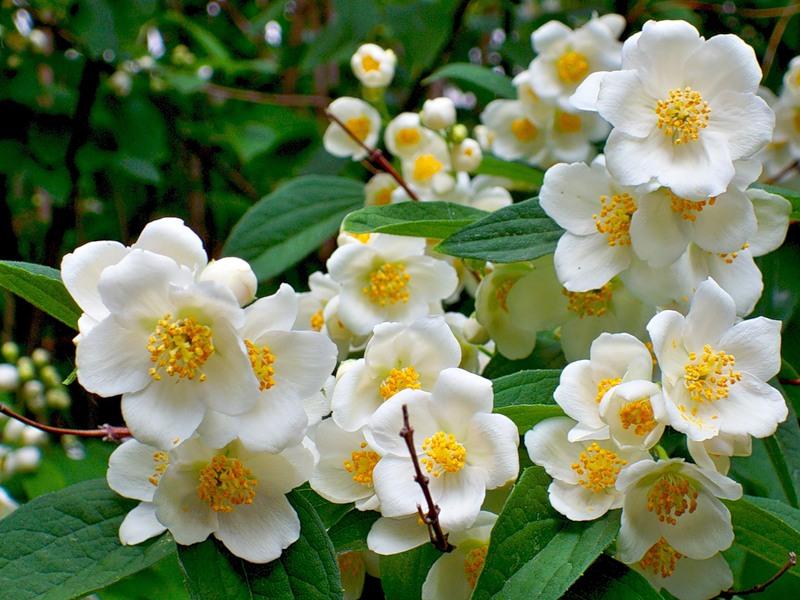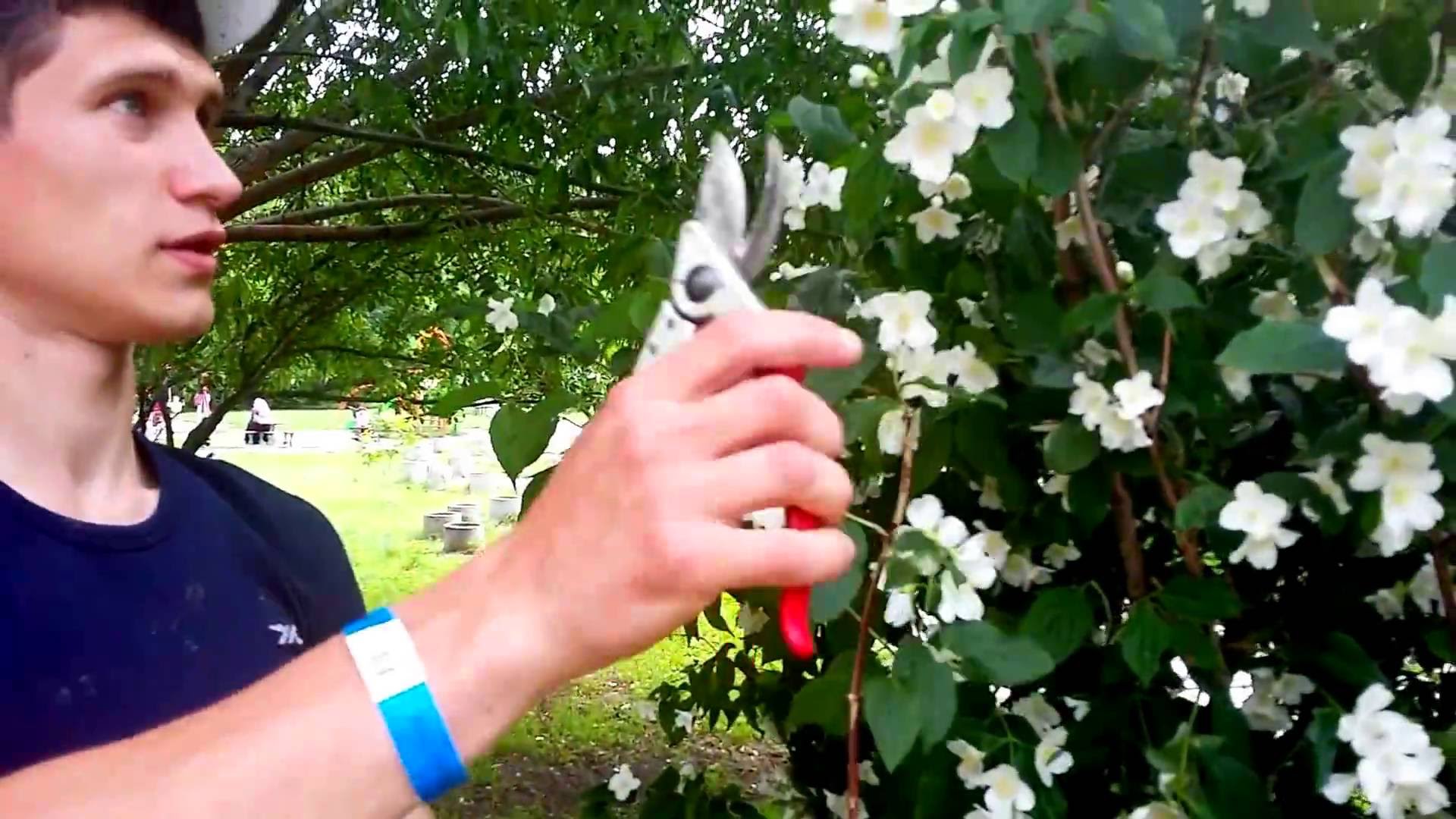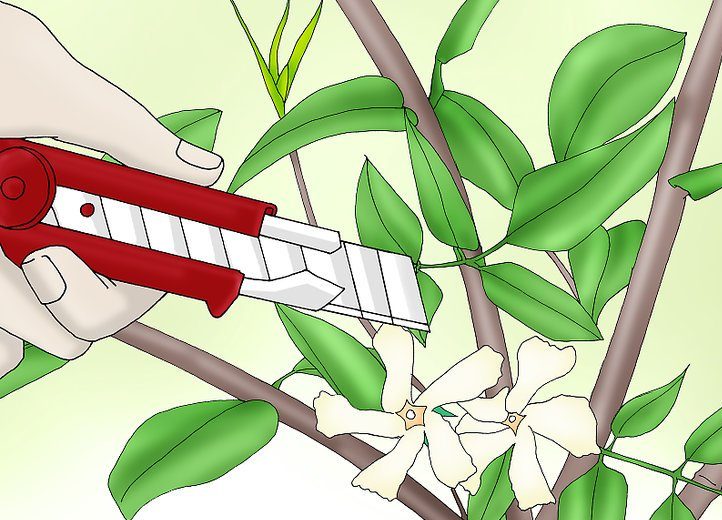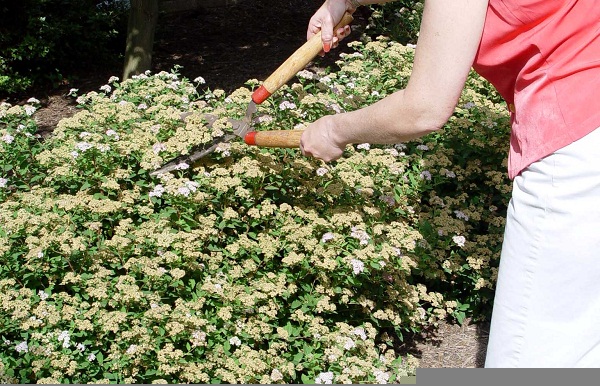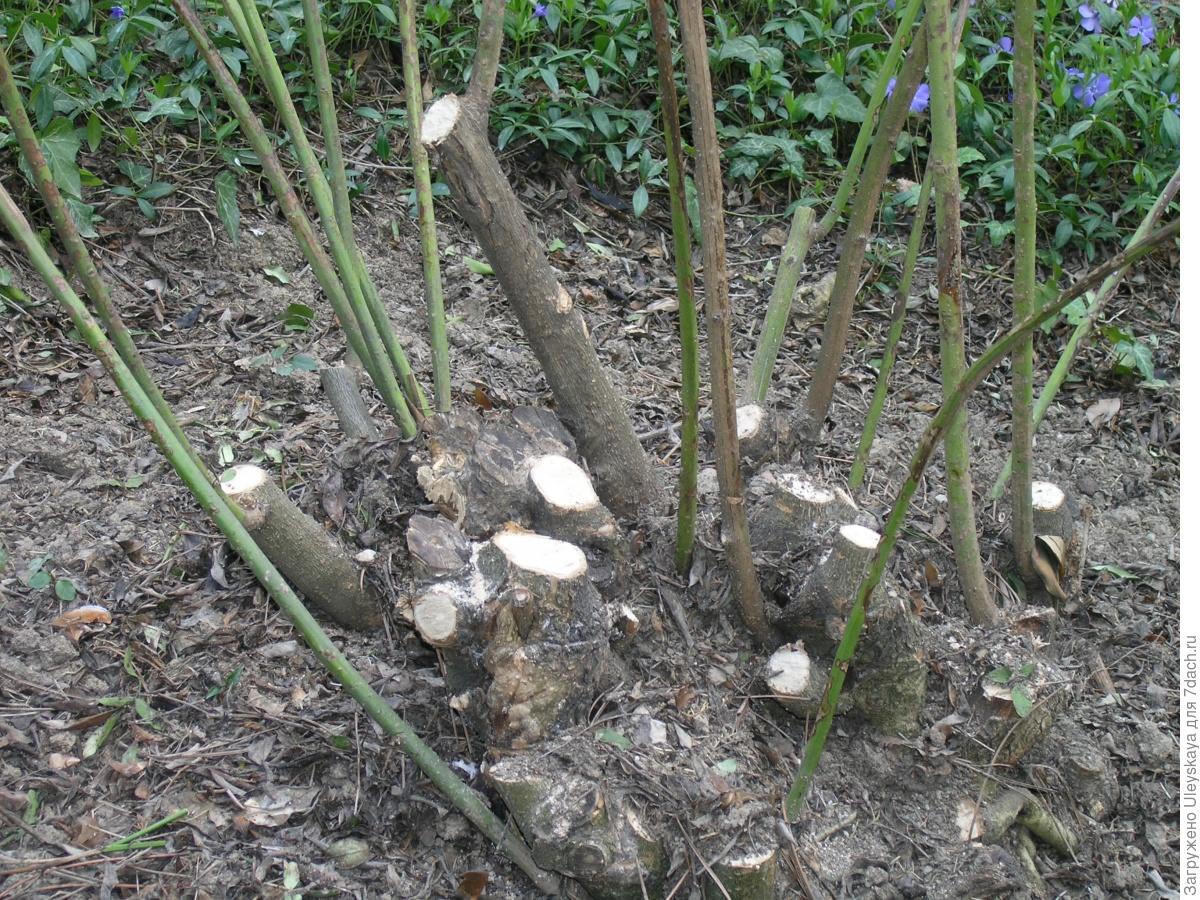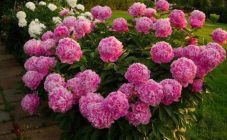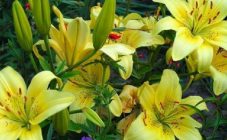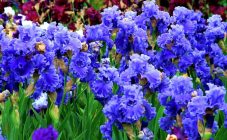Content:
Garden jasmine is an unpretentious culture. But in the absence of care, old and injured branches do not allow new shoots to grow. They become a source of disease and a haven for pests. The plant loses its decorative qualities. To prevent this from happening, it is necessary to cut the crown in a timely and correct manner.
Description and features of culture
Jasmine is a name for two different kinds of plants. The present is an indoor culture belonging to the olive family. The bushes growing in the garden are also called jasmine for the similar scent of flowers. In fact, this is a chubushnik plant belonging to the Stonefragment family.
Jasmine is a sprawling, multi-stemmed shrub. Flowering lasts from late May to mid-summer, depending on the variety. Chubushnik is decorative during the entire growing season. The flowers are large, in some varieties they reach a diameter of 6 cm.
With free growth, the branches reach a length of 2 m. They are curved and look very sloppy. Because of them, the chubushnik does not have enough strength to properly nourish new shoots. In order for him to constantly delight the gardener with beautiful flowers, he needs to be cut regularly.
Plant pruning: basic rules
Pruning is an important step in caring for a chubushnik. There are several types of procedures.
- Forming - allows you to change the crown, make it symmetrical, round, pyramidal, etc. Stimulates good growth of new shoots and flowers.
- Sanitary - the main task is to make the plant healthy. Broken, dry, old, diseased branches and shoots are subject to unconditional removal. Better to carry out at the end of winter before the start of active sap flow.
- Anti-aging - renewal of the crown by removing all old and diseased branches.
What to do next when the jasmine has faded
During the growing season, new branches are formed, some of which damage diseases and pests. They also need to be removed, so around August the mock-orange is cut.
How to properly prune jasmine after flowering:
- thin out the bush;
- shorten long shoots to correct the shape;
- remove wilted inflorescences;
- remove diseased and dried branches.
This procedure improves decorative qualities, sets the desired growth direction and performs a sanitary function.
Pruning rules
For the procedure to be successful and beneficial, you need to know how to prune jasmine:
- shoots that form at the base of the bush worsen its decorative qualities and are completely removed;
- roots that appear on the soil surface are immediately cut off;
- during molding, the optimal plant height (1.5-2 m) is maintained so that the crown is evenly illuminated;
- it is forbidden to cut off strong branches too short, and leave weak ones long;
- you cannot remove the apical part of two-year-old branches, because a crown is formed from them.
Small sections do not need to be processed. Large ones must be covered with garden var.
When and how to trim jasmine
Chubushnik accepts pruning well, so it can be done throughout the season.However, it is more correct to do this at a specific time.
How and when to prune jasmine:
- in spring - remove frost-damaged and broken parts;
- after flowering - when pruning jasmine, broken branches and wilted, but not fallen inflorescences are removed, bushes are thinned;
- in the fall - the mock-orange is prepared for wintering by cutting off old branches.
Flowering bushes are thinned out every year, because over time, there are many basal shoots and twigs. Chubushnik thickens strongly, flowers and leaves become small. All weak basal shoots are cut to the ground.
The end of winter is the best time for rejuvenation. Over time, the number of leaves decreases, the branches look bare and unattractive. These are sure signs of aging.
While the kidneys are not yet swollen:
- cut off old branches;
- remove damaged shoots;
- form a crown.
Chubushnik has a powerful root system that is able to provide food for many new branches. Therefore, the old crown is safely removed, stimulating the growth of shoots.
Pruning in the fall: basic rules
Before the procedure, it is important to prepare suitable cutting tools:
- hacksaw;
- secateurs;
- lopper.
They must be sharply sharpened. Dull inventory cannot be used. It damages young branches. Fresh cuts are immediately covered with garden varnish so that frostbite or fungal infection does not occur.
The procedure is carried out until the temperature has dropped below -10 ° C. In frost, the bark becomes fragile. Because of this, there is a great risk of damaging healthy shoots.
Cropping is done as follows:
- Trunks over five years old are cut down.
- Remove sick, growing inside the crown or at the wrong angle of the branch.
- Give the crown the desired shape.
In order for new branches to grow actively, the chubushnik needs increased nutrition. Top dressing is carried out before cutting.
Plant Formation Tips
The crown can be formed throughout the season if:
- jasmine is too thick;
- stretches in height;
- grows asymmetrically.
These factors negatively affect flowering and inhibit the development of culture.
How to correctly form a jasmine bush:
- To delay the pulling of fast-growing branches, their number is reduced by 2 times. Due to this, lateral processes appear, on which new inflorescences are formed.
- To reduce the density, up to 4 old shoots and branches growing inside the crown are completely removed.
- To give the bush the correct shape, they practice pruning large and elongated shoots.
The best varieties for landscape design
More than 70 varieties of chubushnik have been bred. In decorative gardening, the most popular are:
- Avalanche - up to 1.5 m high, with arcuate curved shoots. Flowers are white, fragrant. Oval petals.
- Sibylla is a plant with a dense spreading crown up to 1 m high. The flowers are white, with a delicate pink tint at the base. The stamens are bright golden in color.
- The ermine mantle is a compact (0.6-0.8 m) shrub with falling branches. Flowers are white, semi-double, smell of strawberries.
- Moonlight - about 70 cm high. Shoots are thin, reddish. The flowers are terry, greenish-creamy with a strawberry scent.
- Zoya Kosmodemyanskaya is a lush bush about 1 m high. The flowers are large, up to 5 cm in diameter, white, double, with a slight aroma.
Pruning jasmine in a timely manner can restore its former beauty to a stunted bush. This is a mandatory procedure that revitalizes and rejuvenates plants. If you properly care for the mock-orange, it will bloom actively and profusely.
